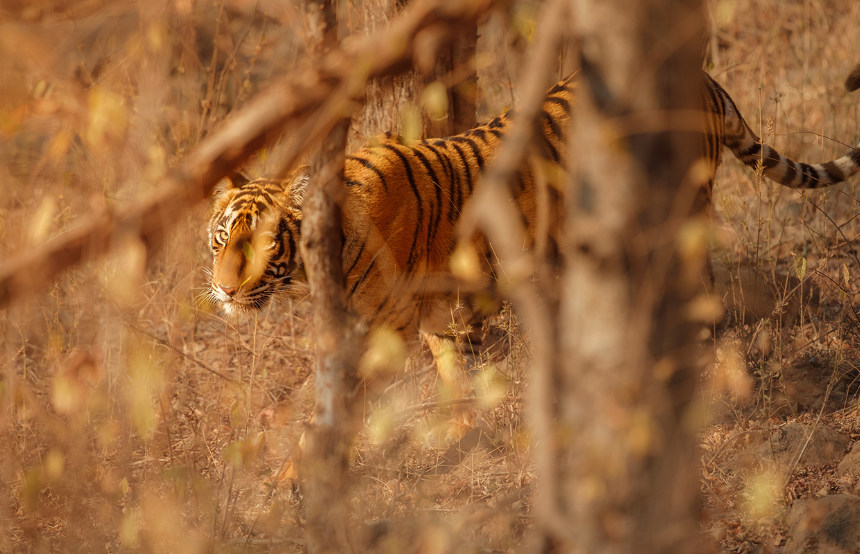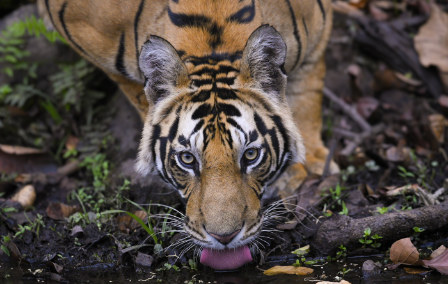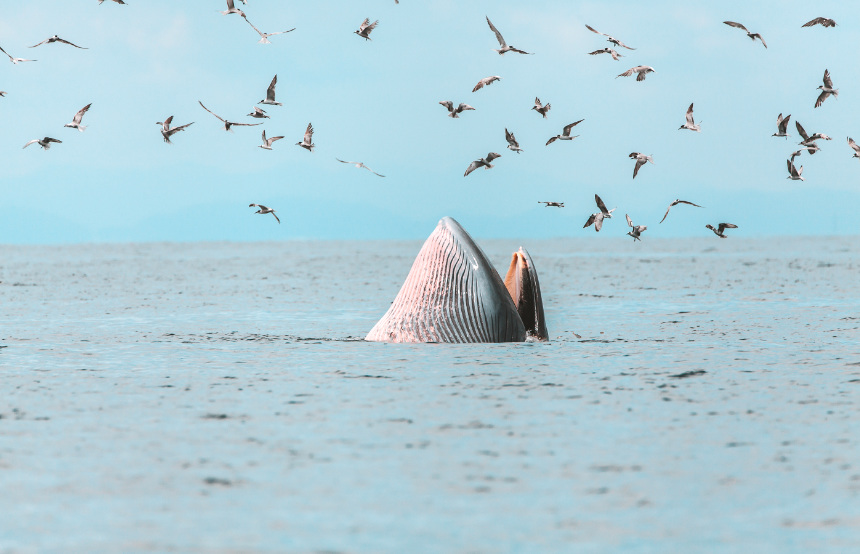Published 3rd Feb. 2024
Reading time
Elephants are important symbols of wisdom and strength throughout Asia. Officially, there are three subspecies of Asian elephants: Indian, Sri Lankan and Sumatran, but some studies cite the Borneo pygmy elephant as another. Particularly revered within Hindu communities, Asian elephants take the title of national animal in India and Thailand. They are also the largest land mammals in the continent and are found throughout 13 countries. Thankfully, this makes them fairly easy to spot in the wild, but where are the best places to see Asian elephants? Read on for our roundup of unmissable spots…
1. Sri Lanka
2. Indonesia
3. Thailand
4. India
This teardrop-shaped isle is a wonderful place to spot the magnificent Asian elephant. In the south, Udawalawe National Park is home to the country’s largest population of approximately 700 gentle giants. Head out on a safari at dawn or dusk to see the Sri Lankan subspecies gathering in herds. Asian elephants can also be found throughout Sri Lanka’s other parks, including Yala and Wilpattu. In Gal Oya National Park, embark on a boat safari in the hopes of spotting the beautiful beasties swimming. Eager for an insider tip? Our Sri Lanka specialist, Frances, recommends heading to Minneriya National Park during our summer to witness the incredible 'elephant gathering', a natural assembly of hundreds of elephants. It’s an awesome spectacle not to be missed by keen wildlife enthusiasts.

Image by Gemma Cagnacci
Next up on our list of the best places to see Asian elephants is the 17,000-plus island chain country, Indonesia. On the island of Sumatra, head to Gunung Leuser National Park and stay in a remote jungle lodge deep in the rainforest, where a community-run project looks after a herd of ex-logging elephants. While here (and at several other elephant camps), you can bathe and walk with the critically endangered Sumatran elephant. Sounds like the dream, right? In Borneo, pygmy elephants (the cutest subspecies, in our opinion) can be found along the Kinabatangan River and in the Tabin Wildlife Reserve, which is accessible either on a boat, walking or jeep safari. The Borneo Elephant Sanctuary is also an exemplary conservation effort, which around 60 pygmy elephants call home.
Thailand may be renowned for its vibrant cities and pristine beaches, but the nation is also a haven for wildlife (our beloved Asian elephants included). Khao Yai National Park, Thailand’s first national park – established in 1962 – and its third largest, is home to around 200 Asian elephants. This UNESCO World Heritage-designated site is a hotspot of biodiversity. In its tropical rainforests, vast grasslands, cascading waterfalls and mountains, you’ll find over 70 other mammal species rubbing shoulders with the Asian elephant. In Kui Buri National Park, the country’s top ellie-spotting destination – you’ve got a 95% chance of seeing a wild Asian elephant or two. We don’t know about you, but we like the sound of those odds…

Image by Olivier Romano
It’s only fitting that India makes our list, as Asian elephants’ ears are shaped just like the Indian subcontinent. Indian elephants might be the most numerous subspecies, but they’re sadly still endangered. Don’t worry; it's possible to find them in plentiful pockets throughout the country, in national parks such as Periyar in Kerala and Kanha and Bandhavgarh in Madhya Pradesh. Scour grassland and jungle for sightings of the magnificent creatures while on safaris here. Another top tip from one of our Asia specialists, Frances: ‘for those hoping to get up close and personal with an Indian elephant, visit Kipling Camp in India's Kanha National Park to meet Tara, one of the most famous domesticated Indian elephants in the world.’
Written by Hannah Whitehall
Practical advice and inspiration for your next trip

Searching for the best safaris in India? We’ve got you covered. Whether you’re keen to track tigers in Madhya Pradesh, admire Asiatic lions in Gujarat or photograph forest eagle owls in Kerala, your India holiday awaits. While Bengal tigers steal the limelight in Bandhavgarh National Park, don’t forget about the shaggy sloth bears (though they’re not as cuddly as they look). Feeling up for the adventure?
15th September 2025 - India Safari & Wildlife

With their sleek, tangerine-tinged coats, piercing eyes and commanding presence, nothing beats the thrill of seeing a tiger in the wild. And where better than in India, home to the largest population on Earth? But when it comes to the best time to see tigers in India, it all depends on what you want from your trip. Whether you’d rather vivid green landscapes or crowd-free safaris, we’ve got the insider intel on when to see India’s famous big cats.
23rd June 2025 - India Safari & Wildlife

Where are the best places for whale watching? We’re glad you asked. From the picturesque Icelandic town of Husavik to the coastal haven of Mirissa in Sri Lanka, there are plenty of destinations to marvel at these majestic creatures. Picture this: the air is still and all you can hear is the creaking of the catamaran and the odd, excited whisper. You scan the horizon, desperate to spot the tip of a fluke or a distant plume of whale breath.
16th June 2025 - Safari & Wildlife

Our team of destination experts will get to know you and your unique requirements for your holiday

We work with you to build an ultra-personalised holiday itinerary with your choice of accommodation, experiences and activities

All of our holidays include little extras designed to make a big difference to your trip, from fast-tracking you through airport check-in and security to our network of local Concierges